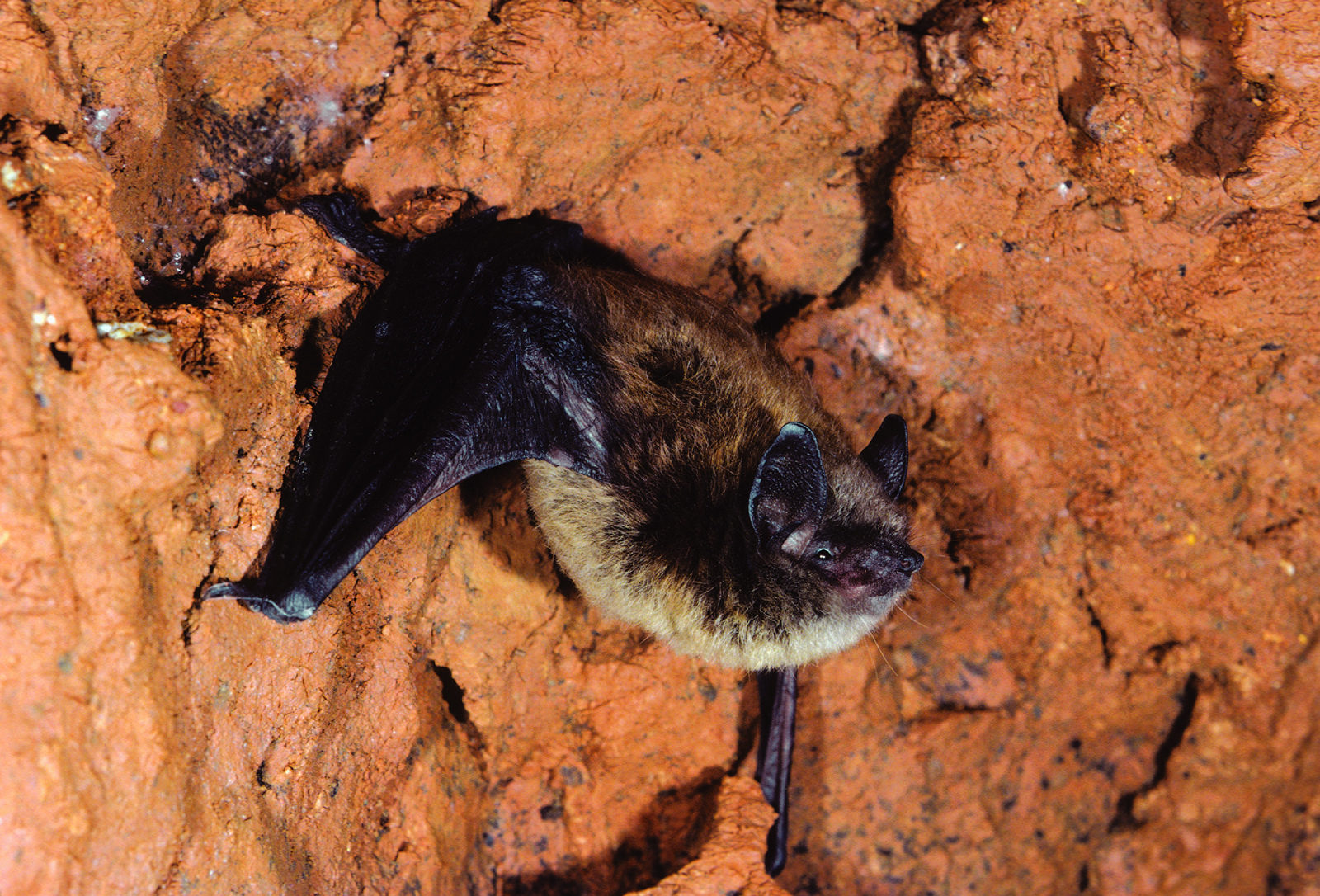Is it a praying or preying mantis?
Measuring up to 4 inches long, mantises are hard to miss. And because they are such beneficial insects, they get a lot of attention.
Meet the floating, midsummer blob
It turns out these gelatinous masses are colonies of thousands of individuals called zoids.
Best part of summer? Campfire memories
If you have kids in your life, plan to make a difference in their lives: Treat them to a campfire before school resumes.
Has anyone seen any tent caterpillars?
Usually, distinctive tent caterpillar webs appear in trees in April. They become more conspicuous throughout May, and by June they’re everywhere.
Conservation funding: Dollars from hunters, anglers
Federal funds distributed to state wildlife agencies are generated by the Federal Aid in Wildlife Restoration Act and the Sport Fish Restoration Act.
Lazy cowbirds let others hatch, feed young
Cowbirds parasitize the nests of more than 200 species of birds. Song sparrows, chipping sparrows, red-eyed vireos and indigo buntings are frequent victims.
White-nose syndrome still impacts local bat populations
Over the last 10 years, bat populations have decreased due to white-nose syndrome. Fortunately, they may be developing a resistance to the fungal disease.
Watch a California condor nest up close
Last week, the U.S Fish & Wildlife Service and the Cornell Lab of Ornithology announced that a live camera at an active condor nest came online.
Size is most important when ID’ing birds
When you see an unfamiliar bird, study it through binoculars and mentally note its size, distinctive shapes, markings, colors, behaviors, and voice.
How to identify warblers this season
To see warblers, concentrate on their habitat — old fields, forest edges, woods, and country roads. If there's a stream nearby, that's even better.
























